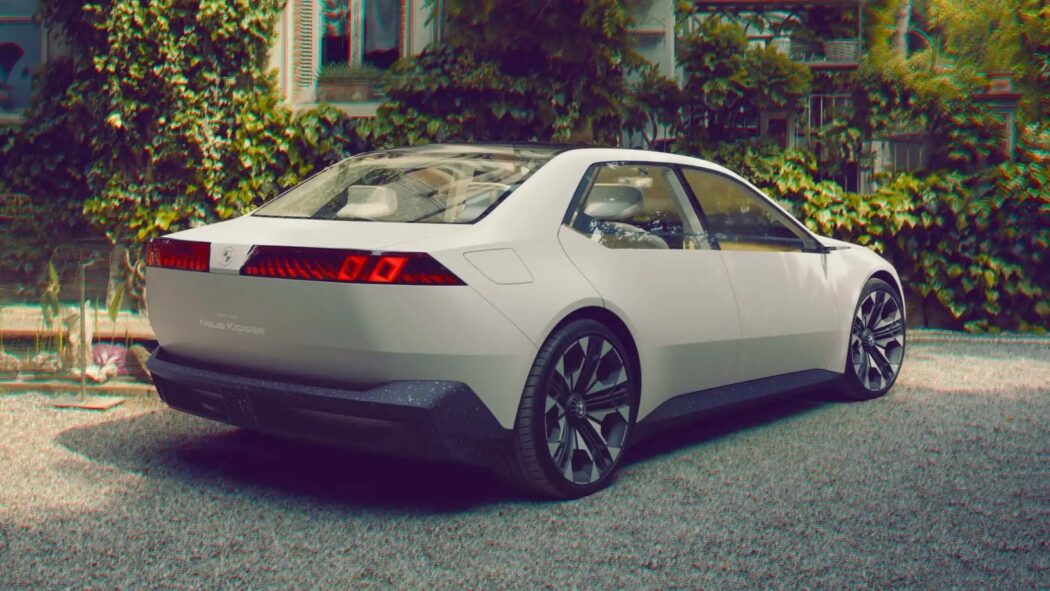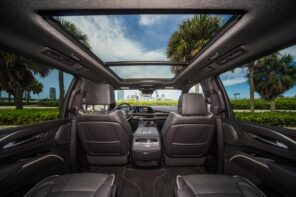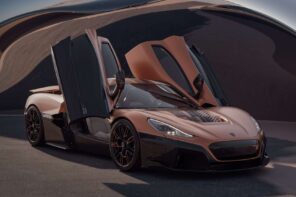BMW’s introduction of the Vision Neue Klasse concept marks a pivotal moment, signaling the brand’s evolution and setting the stage for the forthcoming generation of BMW vehicles, foreseeing an innovative era ahead.
Premiering at the Munich auto show, this avant-garde concept foreshadows the debut of the initial Neue Klasse (New Class) vehicle scheduled for 2025. It embraces BMW’s signature kidney grille and Hofmeister kink roof pillar treatment while adopting a fresh architecture, electric powertrain, and sixth-generation eDrive technology. This evolution leads to vehicles with a 30% augmented range, 30% faster charging capabilities, and 25% increased efficiency. If it seems vaguely familiar—a departure from BMW’s conventional style—it’s reminiscent of the earlier i Vision Concept DEE presented earlier this year.

Anticipate the arrival of at least six novel EVs within the first 24 months. Initially, an i3 sedan resembling the 3 Series-ish concept and an iX3 SUV are expected, followed by an iX5 midsize SUV in 2026, an iX7 SUV in 2027, and by the decade’s end, the iX6 and iXM SUVs.
The Vision concept boasts a sedan with a purpose-built architecture, featuring short overhangs, dominant 21-inch wheels, and a novel front design with a distinctive lighting signature, as mentioned by Designworks President Holger Hampf.
The rear showcases a squared-off tail with sharply angled black composite plastic bumpers and distinctive rectangular taillights, reminiscent of the Neue Klasse 2002’s characteristics across vehicles of various sizes and forms.
A significant shift in BMW’s design philosophy is evident through the novel lighting signature, replacing chrome elements with an intricate light system that warmly greets the driver. Departing from a more masculine tone, the aesthetics lean towards elegance with a three-dimensional quality. This alteration was not solely a response to criticisms about the enlarged kidney grilles; it represents BMW’s bold step into a new design trajectory. Front double headlights seamlessly integrate with the kidneys, maximizing sensor space.
The concept pioneers door-opening sensors in place of door handles, complemented by an extended laminated glass roof that might incorporate shading features. The charging port resides on the driver’s side rear quarter panel.

Internally, the concept boasts four contoured seats with futuristic headrests, featuring striking gold corduroy fabric, ambient lighting, and seamlessly integrated seatbelts. Sustainable and recyclable materials adorn the interiors, with Berber-like carpet flooring and white Alcantara-like material on doors and dash.
The central focus inside is the single rectangular infotainment screen, interfacing with the Panoramic screen, projecting information across the windshield for all four occupants to view.

Despite a minimalist center console lacking space for accessories, the production model will incorporate a center tunnel for cupholders and storage.
The core transformation lies not just in the exterior but in the user experience—revamped iDrive technology accompanied by the Panoramic Vision, projecting information within the driver’s line of sight. This next-gen iDrive, expected on roads in 2025, allows interactive information handling for both driver and passenger, coupled with augmented reality for potential gaming during Level 3 autonomous driving.
The multifunctional steering wheel, now featuring a flat top and bottom, integrates iDrive controls, heralding a new era for the system and optimizing center console space. An asymmetrical steering wheel design offers an unconventional yet ergonomic control layout.

Production facilities worldwide are poised to manufacture the Neue Klasse vehicles, starting in Hungary in 2025 and expanding to Munich, Shenyang (China), and San Luis Potosi (Mexico) by 2027. Battery plant establishments will accompany this expansion.
Continued developments aim to enhance range, charging efficiency, and overall vehicle performance, integrating new-gen wheel designs, and tires. Executives affirm that the Neue Klasse SAV and sedan models will significantly reduce energy consumption, promising a more sustainable driving experience. Engineers boast that the sixth-generation powertrain minimizes energy loss by 40%, introduces an 800-volt system for rapid charging, and enhances battery density by over 20%. These advancements drive efficiency improvements, reducing vehicle weight and manufacturing costs.





